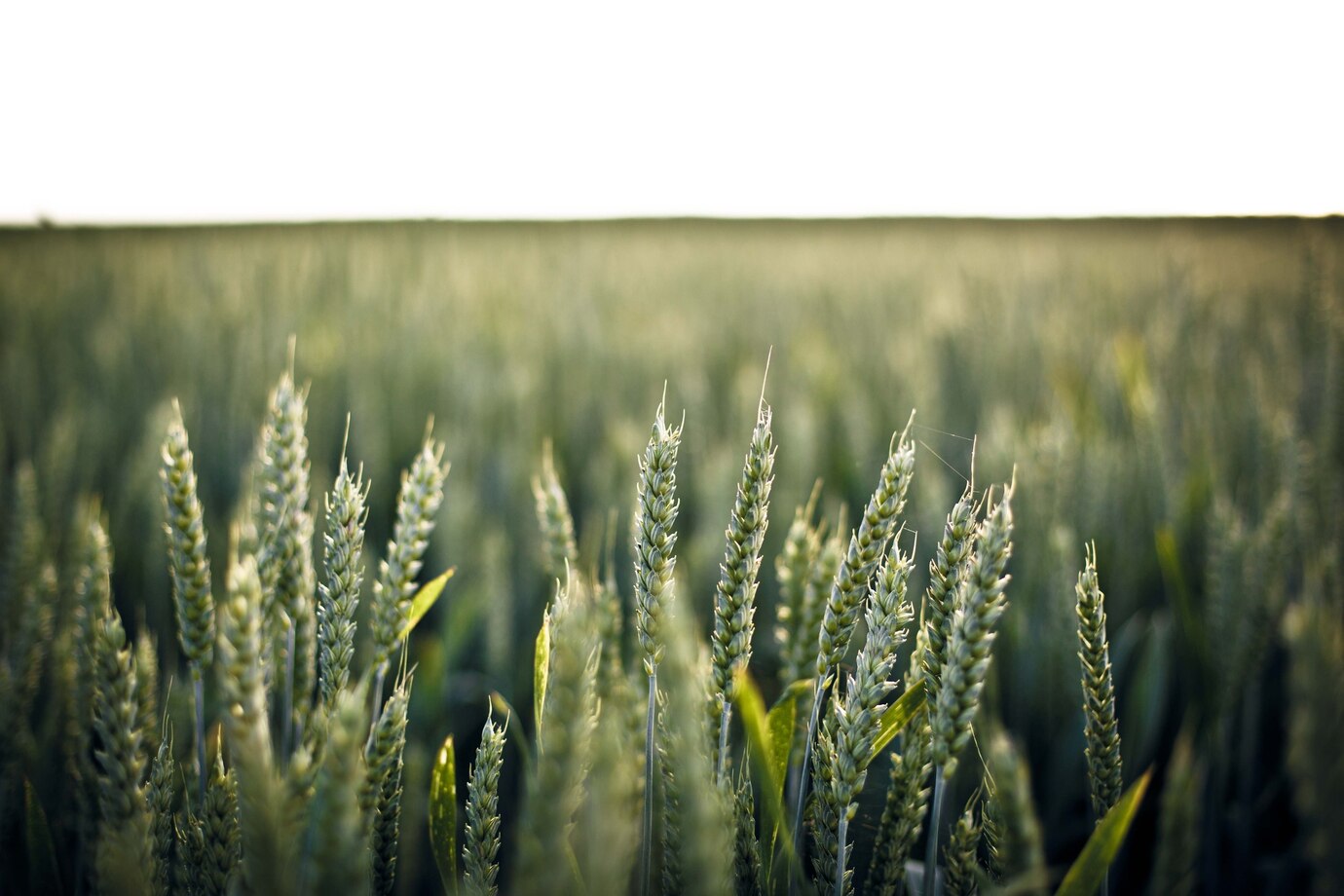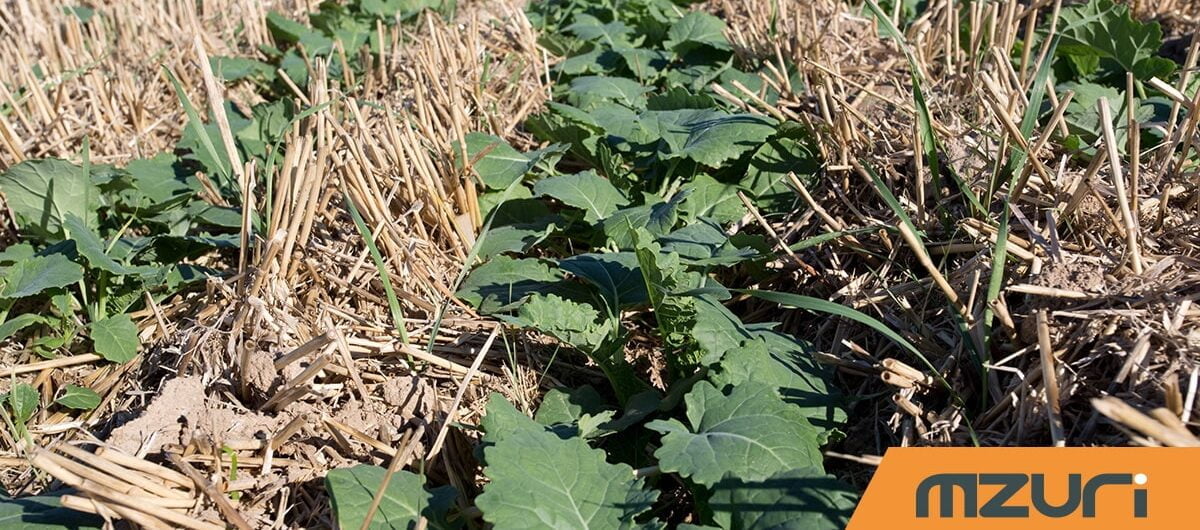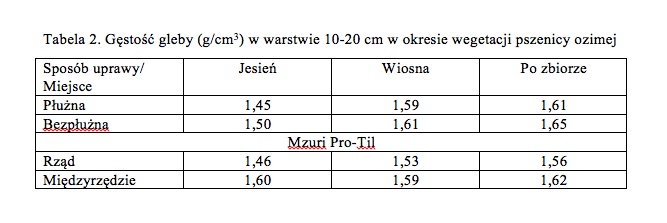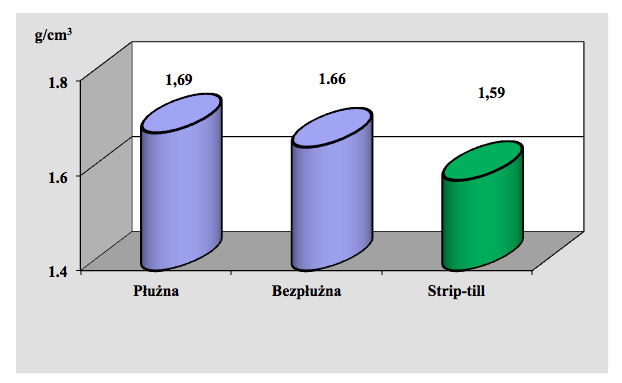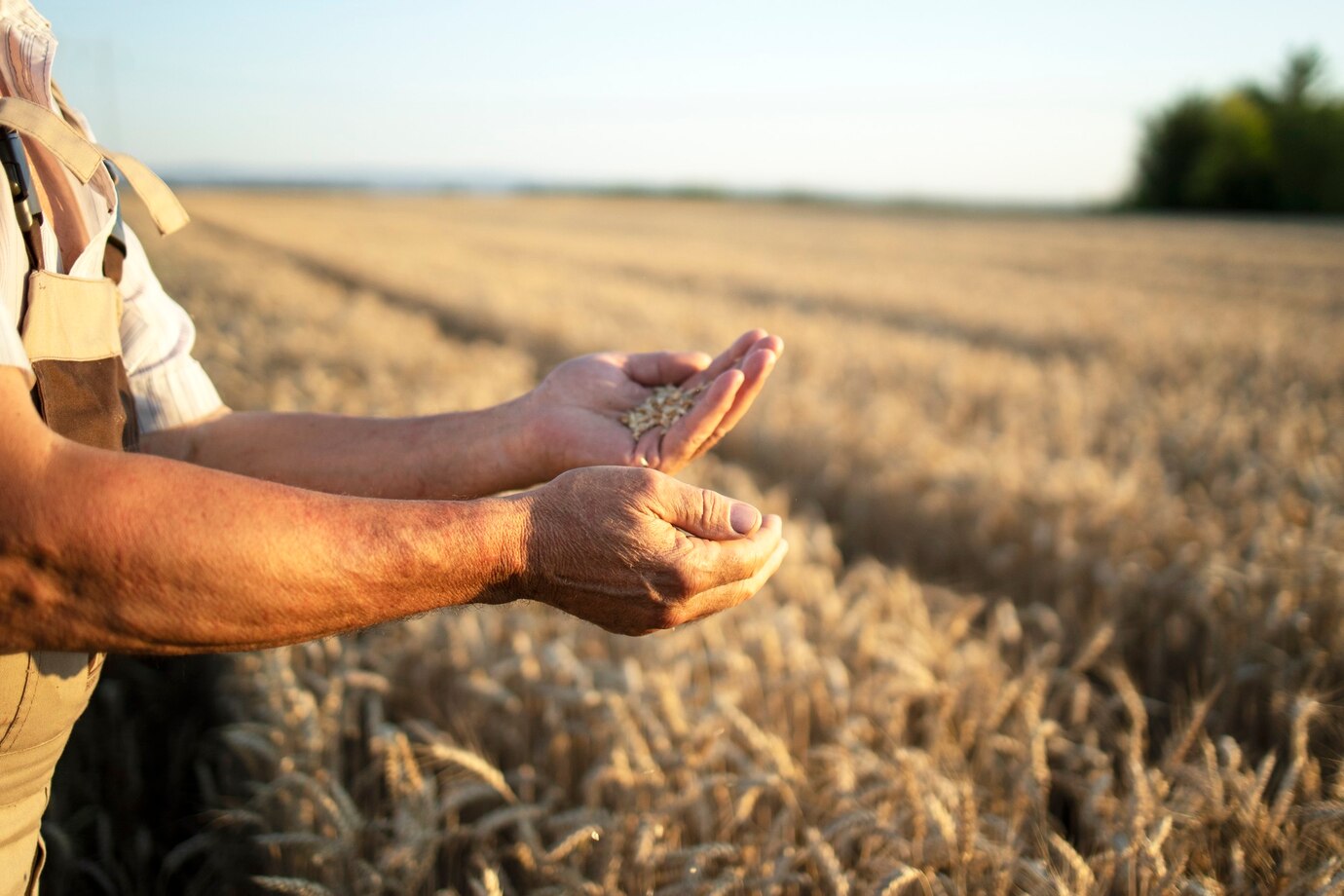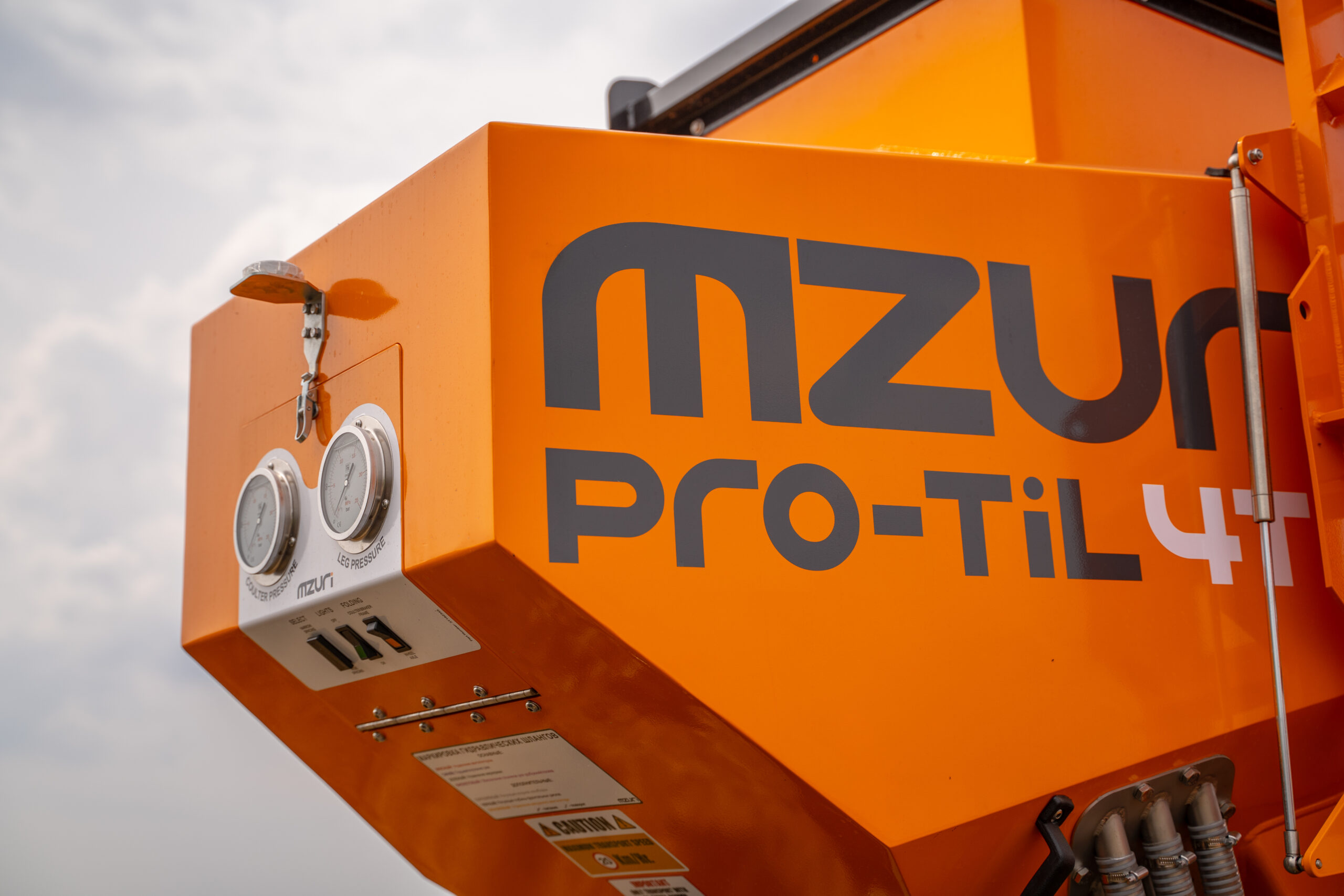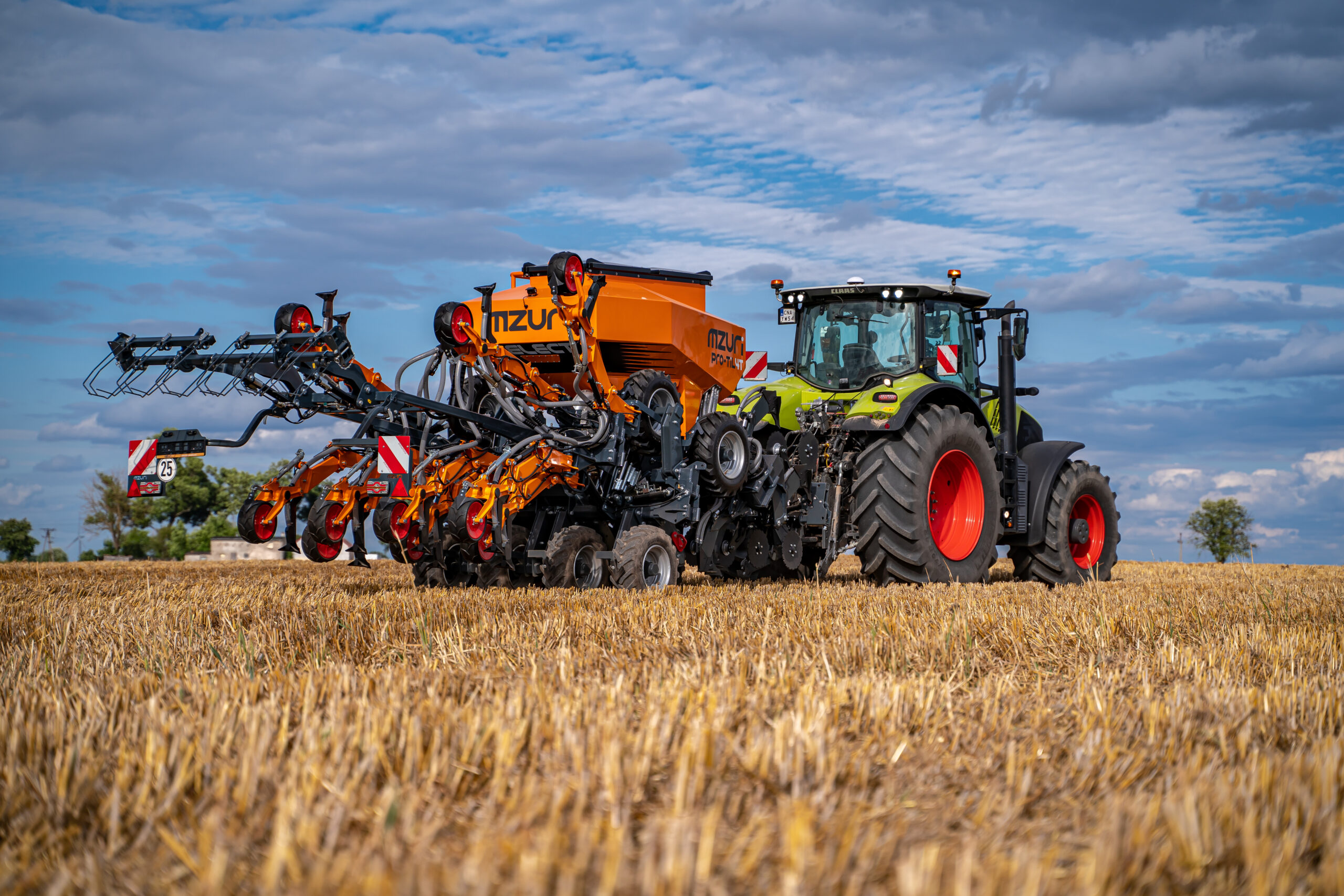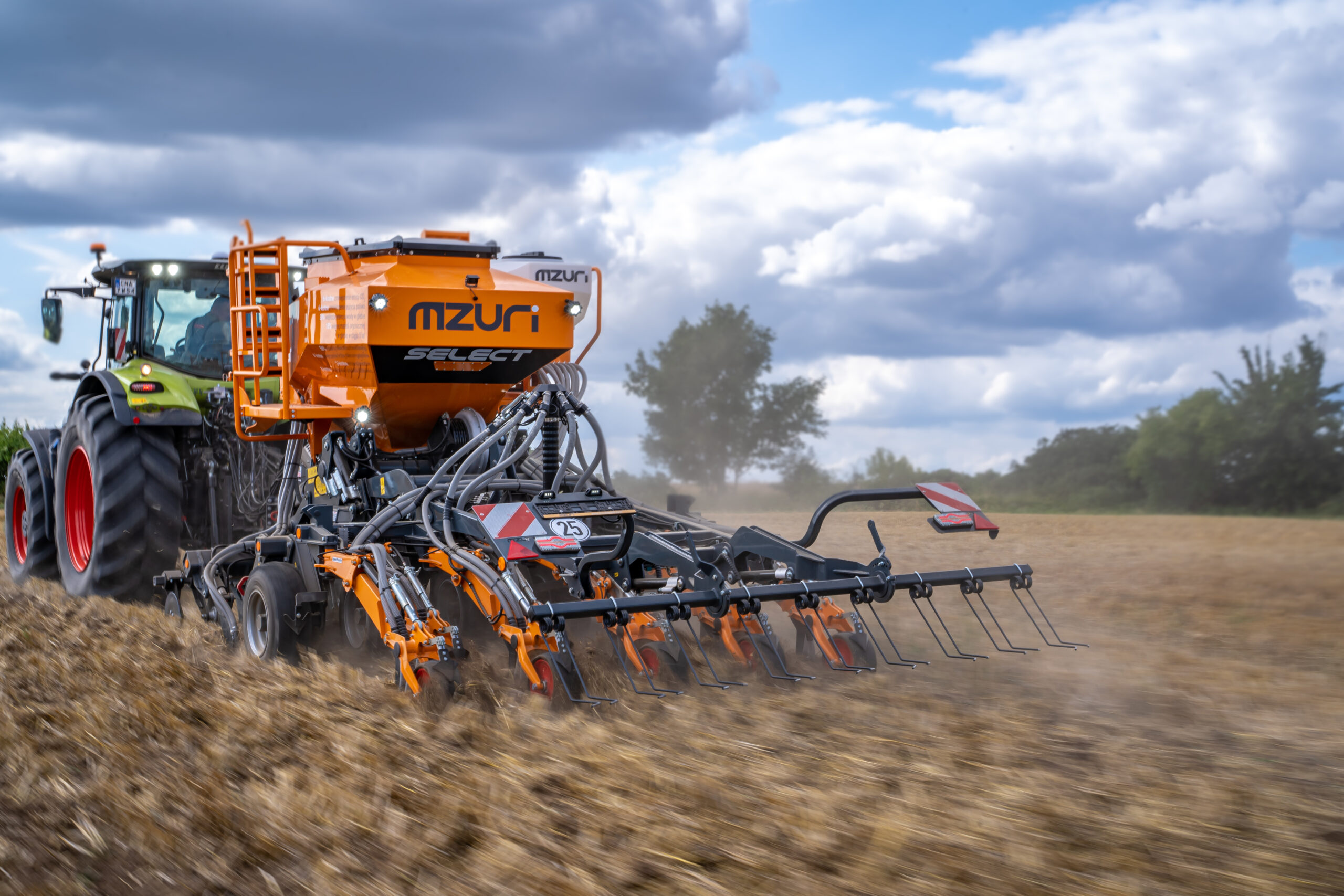During mechanical tillage, the spatial distribution of soil particles and aggregates changes and, as a result, so does the number of different-sized free spaces. Small capillary spaces retain water for a longer time and even have the ability to carry it from deeper layers to the surface, i.e. water capillary transport. Large diameter spaces are filled with air. Only after snowmelt or heavy rainfall do they fill up with water, which however, quickly permeates deep into the soil profile. It can be assumed that for the majority of field crops, it is preferred that water occupies about 60-80% and air 40-20% of the soil space. This water/air ratio in the soil, called water-air conditions, is strongly altered by tillage.
Loosening practices intensively loosen and aerate the soil. This results in rapid evaporation of water from the loosened layer and impedes its capillary transport from deeper layers. The density and compactness of the soil decreases and the soil system becomes pulpy. These changes are well illustrated by the experiment on varying tillage after harvest, when deep tillage caused the greatest loss of water from the soil (Figure 1). Soil compacted after the whole vegetation period of the previous crop, without loosening the surface and covering with a layer of straw mulch, was also exposed to intensive water evaporation. This is because water capillary transport increases in both naturally and mechanically compacted soils. However, when covered with a layer of shredded straw, for example, or when very shallowly tilled, such soil has the ability to retain water in its deeper layers. The compacted soil, on the other hand, becomes less permeable and after heavy rainfall there is a risk of surface runoff or water ponding. The density and compactness of the soil increases and the soil system is more compact.
Ploughing, supplemented with loosening and crushing operations, as well as intensive ploughless tillage performed traditionally a few, a dozen or even several dozen days before sowing cause soil drying. This is especially the case with a shortage of precipitation and high air temperatures, e.g. in late spring before sowing spring crops, and especially in summer and early autumn in the winter crop agricultural practices. Prolonged, deep loosening of the soil not only leads to a loss of water, but also results in the “burning” of soil organic matter. Loss of humus, especially in light soils, is one of the most dangerous effects of intensive tillage. Most often, however, the soil must be loosened before sowing in order to create the optimum water/air conditions for seed germination and root growth of developing crops, as well as for microorganisms. Their presence and activity are essential for the formation of favourable agronomic properties of the soil. Attempts are made to mitigate these effects of the need to reduce soil density through tillage, such as high water losses and the risk of decreasing soil organic matter content by the use of reduced tillage and sowing technologies.
The essence of the Mzuri Pro-Til technology, as it is already known, is deep loosening, even up to 25-30 cm, but only of narrow strips of field where the crop seeds are placed. The designers of the MZURI aggregates pay special attention to the design of the loosening tines. The size and shape of their working parts causes the strip of soil on which they act to be torn away from the untilled part, slightly lifted and intensively crushed. Its mixing and especially the vertical movement of soil towards the surface is limited. As a result, the soil is loosened, crushed, has less density, and the necessary amount of air is introduced. However, there is no radical change in habitat conditions (oxygen, temperature, moisture, light access) in the top and deeper soil layers, which is one of the main disadvantages of ploughing. The change is emphasised by the opponents of ploughing because it leads to periodic disruption of microbial life in the soil.
In comparative studies, performed at the time of winter wheat sowing (Tab. 1) it was found that the soil density of the seedbed, i.e. the layer into which the seed was sown after an earlier ploughing and ploughless tillage, was approximately 1.23-1.27 g/cm3. The soil density of loosened rows in the Mzuri Pro-Til technology was slightly higher, i.e. 1.32-1.35 g/cm3. This is due to the immediate recompaction of the loosened soil by the packer wheels designed for this purpose. This is to reduce the occurrence of large air-filled spaces after the loosening tines have passed, to increase the ability of this layer to hold water and even to soak up water to transport it to the seeds and fertiliser granules. However, the soil density was not too high so as not to hinder the development of the forming crop root system. A significantly higher soil density occurred in the interrows, especially when no post-harvest tillage was performed after the harvest of the forecrop. In this case, the soil surface was covered with the mulch of carefully shredded straw, which reduced the loss of water necessary later in the growing season. The loosening tillage immediately after harvest with a disc harrow significantly reduced the density of the topsoil, which was also evident in the interrows of winter wheat seed drilled with the Mzuri Pro-Til technology. This superficial loosening reduced water loss from deeper layers. By varying the density of the soil in the rows and between rows, as well as in the surface layer and deeper layers, strip tillage must be performed in such a way as to create favourable conditions throughout the soil space, first for seed germination and rapid and uniform plant emergence, and then for subsequent growth.
In conventional tillage, soil water and air conditions can be regulated to some extent by lengthening or shortening the period between deep tillage and loosening and compacting cultivations. This is why, for example, in early spring or after heavy rainfall, it is necessary to wait until the soil rests for some time after loosening it. Then, careful sowing is possible and soil compaction does not cause soil crusting. This is not possible with the Mzuri Pro-Til technology. The parts that loosen and compact the soil, place the seed in the soil and then compact the top layer of soil work in immediate succession. Therefore, in order to create favourable water/air conditions for the growth of plants after one pass of the implement, special attention should be paid to the moisture content of the soil at the time of cultivation and seed drilling! In the event of excessive moisture, allow a few days after cultivation, sowing and compaction to avoid oxygen deficiency in the soil, which inhibits seed germination, as well as the loss of the lumpy structure and the formation of crusts that hinder plant emergence.
After completing tillage and seed drilling, the heavily loosened soil is naturally recompacted during the growing season. It is important that soil settlement is not large and rapid, as it can damage the roots and expose the tillering nodes or root necks of plants. A study has shown that soil density in winter wheat rows in the Mzuri Pro-Til technology in autumn, in spring after vegetation started, and after harvest differed by only 0.1 g/cm3 (Tab. 2). This difference in the soil layer in which the main root mass developed, tilled with and without ploughing, was much greater, i.e. 0.15-0.16 g/cm3. Throughout the winter wheat vegetation period, the soil density in the interrows of the Mzuri Pro-Til technology was very even and amounted to about 1.6 g/cm3. This probably limited sudden changes in water/air conditions, and thus favoured the activity of micro-organisms and soil fauna, that is earthworms.
The Mzuri Pro-Til technology applied regularly for 4 years on the same field resulted in a reduction of soil compaction in the deeper layer, i.e. 20-30 cm (Fig. 2). This layer in many plough-tilled soils is subject to high compaction and even plough pan formation. This is the result of downward movement of the finest soil particles and soil colloids from the very heavily loosened layers above. Driving with tractor wheels in the furrow bottom during ploughing also contributes to the compaction of the deeper layers and the plough pan. The presented results and studies carried out by many other authors confirm that no-tillage methods, including strip tillage, reduce these phenomena.
